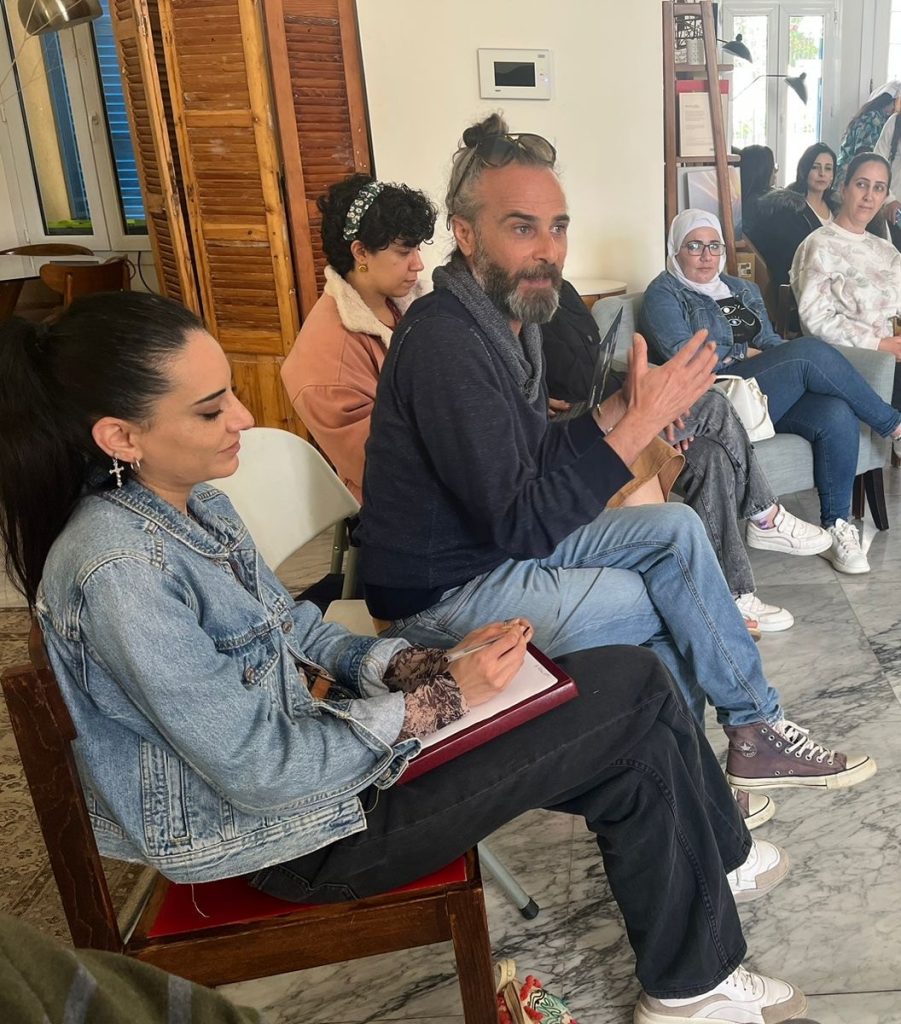THE RURAL & CULTURAL NETWORK
The Rural & Cultural Network envisions a decentralized cultural landscape across Lebanon by fostering inclusive collaboration, exchange, and advocacy at the intersection of culture, the environment, and rural life. Guided by a robust framework—including bylaws, internal regulations, and a code of conduct—the Network draws from local best practices to support cultural growth and rural communities through shared knowledge and resources.
Origins of the Network
The idea of the Rural & Cultural Network emerged emerged in 2023 through a collaboration between REEF, Collectif Kahraba, the Council of Environment and Sarmada Association. By summer 2024, it had grown to encompass 90 entities between mapping and collaborations, aiming to a local and organic grassroot structuring model that responds and serves the communities.

Objectives and activities
A Space for Connection and Exchange
To provide an open platform for individuals and groups to network, exchange ideas, and share experiences. This space fosters organic collaboration and understanding among participants from diverse backgrounds.
A Shared Cultural-Environmental Calendar
To establish a unified annual or seasonal calendar that highlights cultural and environmental activities happening across various regions, enhancing visibility and coordination.
Knowledge, Skill, and Resource Sharing
The Network facilitates the exchange of expertise, tools, and resources among members, supporting capacity building and mutual growth.
A Platform for Support and Strategy Development
To offer a specialized space to develop strategies for environmental and cultural initiatives, focusing on sustainability, reclaiming lost resources, and fostering solidarity among communities.
Localized and Specialized Networks
To build smaller, focused networks, including local advocacy groups for specific areas and specialized networks targeting particular fields of work, to drive impact on multiple levels.
A Comprehensive, Public Database
To create and maintain an accessible database of active groups, categorized by expertise and geographic location. This promotes better collaboration and strengthens connections within and beyond the network.